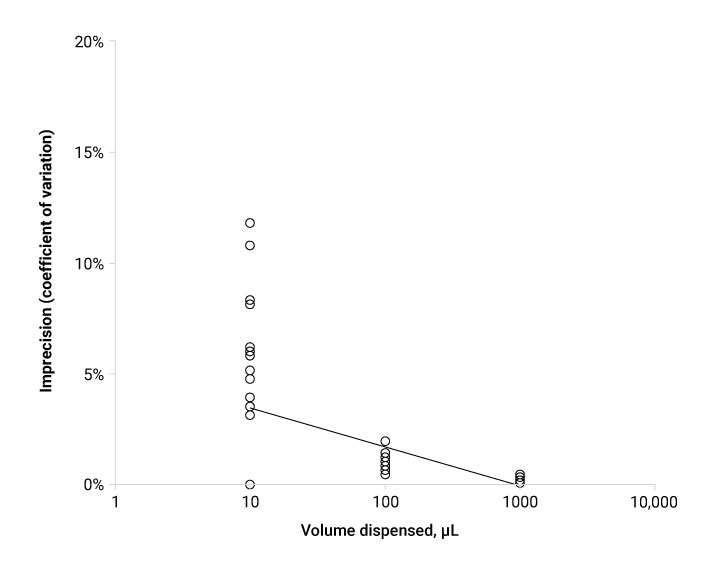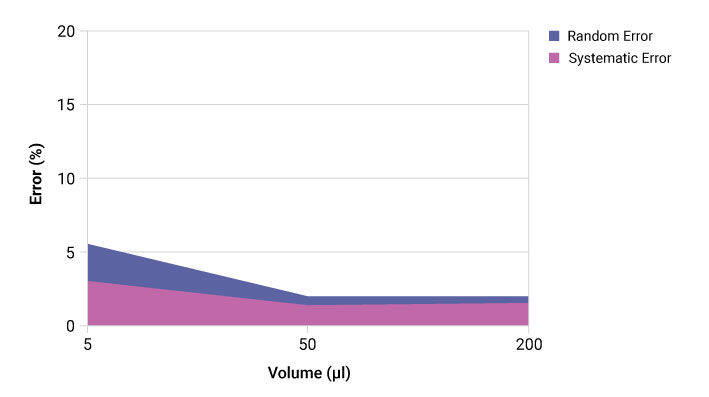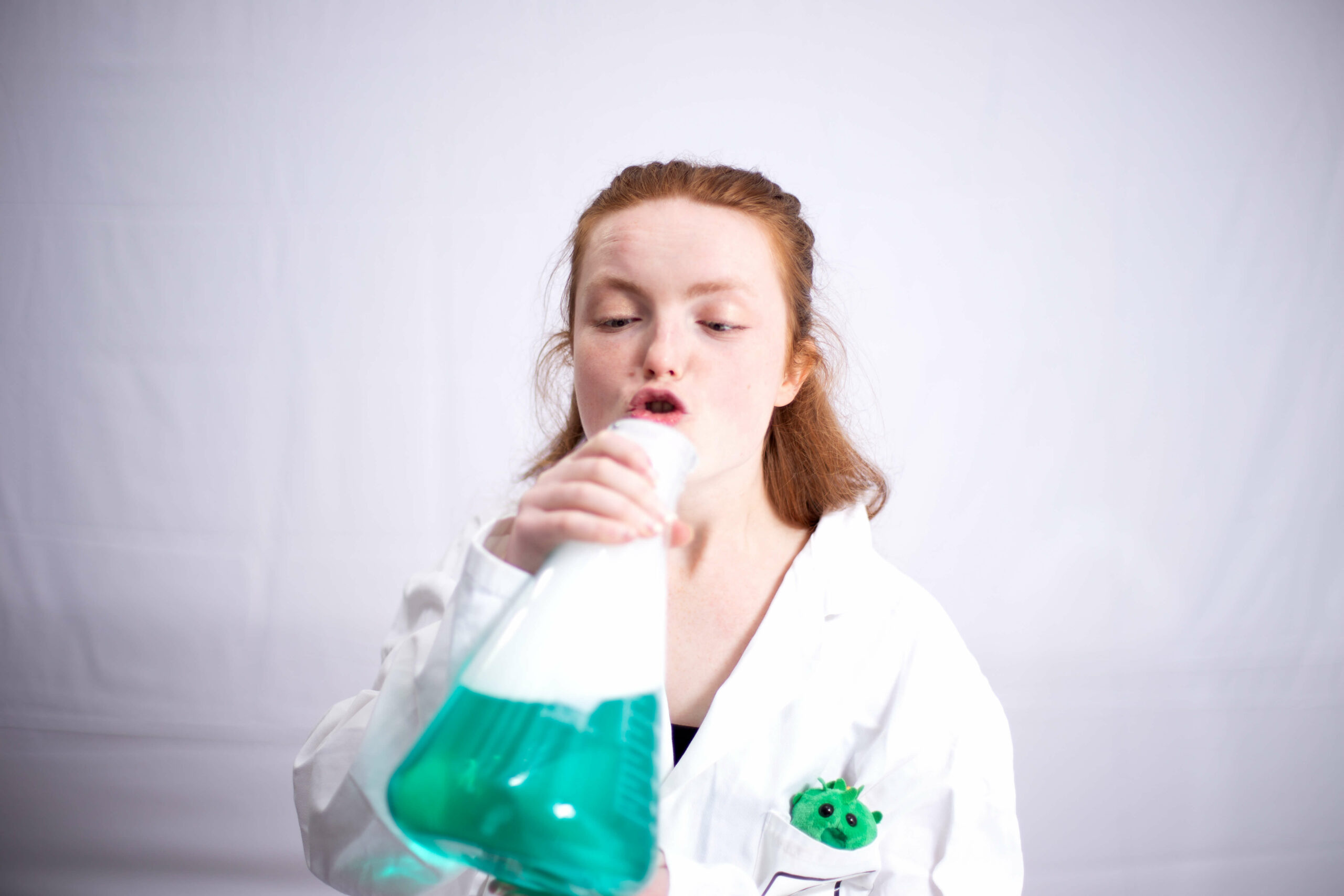Perfect Pipetting – Part 1
Manual vs SQWERTY
Introduction
It’s well known among the scientific community that learning to use a manual pipette is an important rite of passage, but it has some faults – it’s painful, it’s boring and very monotonous. Honestly, you have far more difficult and stimulating problems to be working on.
Using a pipetting robot instead of a Gilson pipette may seem like a costly pipe dream, but SQWERTY is a far more achievable dream than the huge, expensive high-throughput automated liquid handlers. The first (of many I’m sure) questions that would go through a researcher’s head will be: “Is it at least the same or better than a manual pipette at transferring liquid accurately?”
Manual pipetting imprecision
Fortunately, a dedicated group of biochemists at the University of Verona, Italy, have already published an in depth discussion into the imprecision of manual pipetting.

In Professor Lippi’s study, a group of 20 different lab workers were tested with multiple manual pipettes and a gravimetric balance. Here’s what they concluded: “Manual pipetting is plagued by a meaningful intra- and inter-individual imprecision, which was found to be inversely correlated with the amount of fluid dispensed, but not with sex, age, qualification, and years of experience in the laboratory.”
Their observed variability is therefore most likely down to technique. Variations in pressure and speed of button operation, pipette angle, immersion depth etc. are all likely contributing factors. For a more comprehensive understanding of the problem, you can read the full study here.
These variables are controllable with SQWERTY
Extensive testing has been conducted into the systematic and random error of SQWERTY using the default settings designed for the most accurate transfer of water.


If a greater volume is required, use the 1000 μL pipette module

Conclusion
This data provides evidence that SQWERTY outperforms manual pipetting in both accuracy and precision, with variability potentially in excess of 8% when manually pipetting small volumes. But as with the twilight of mouth pipetting, now the technology and the field as a whole is moving on. More than that, SQWERTY is an accessible technology: speeding up your time to results, at a reasonable price.
References
Lippi, G. et al. (2017) ‘Estimating the intra- and inter-individual imprecision of manual pipetting’, Clinical Chemistry and Laboratory Medicine (CCLM), 55(7). doi:10.1515/cclm-2016-0810.
Dive into the next part in the Perfect Pipetting series
In which we continue to use SQWERTY, but with more interesting liquids.

Fiona Kemm MRes | Scientist
Fiona is a vital member of our Research team, rigorously testing our robots to ensure scientists don’t break them. With no prior robotics experience, she was the ideal guinea pig for our world-class user experience and support. Holding a BSc in Biochemistry and an MRes in Molecular Microbiology, Fiona brings extensive hands-on expertise she applies across departments, supporting both users and internal teams. From writing insightful web articles to specialising in SQWERTY, Fiona ensures our innovations perform flawlessly, helping customers focus on the creative and interpretive aspects of science that can’t be automated.